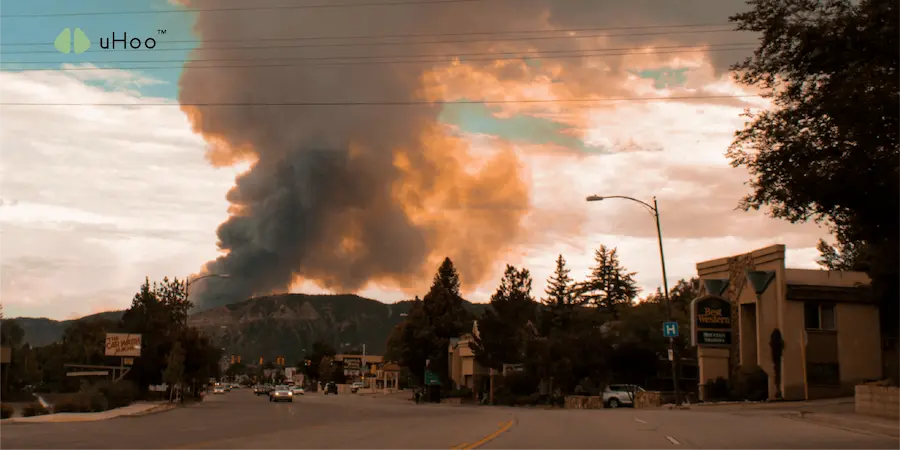Wildfires, like those currently impacting parts of California, pose significant threats beyond immediate fire danger. The smoke produced by these intense blazes can travel long distances, infiltrating homes and significantly impacting indoor air quality.
Wildfire smoke is a complex mixture of gases and fine particles. These particles, often referred to as particulate matter (PM), can vary in size and composition, including soot, ash, and even toxic chemicals released from burning materials. When this smoke enters our homes, it can have serious health consequences.
- Respiratory Issues: Inhaling wildfire smoke can irritate the respiratory system, causing coughing, wheezing, shortness of breath, and chest pain. Individuals with pre-existing respiratory conditions, such as asthma and chronic obstructive pulmonary disease (COPD), are particularly vulnerable.
- Eye and Skin Irritation: Smoke can irritate the eyes, causing redness, itching, and tearing. It can also irritate the skin, leading to rashes and other skin problems.
- Cardiovascular Problems: Exposure to wildfire smoke can increase the risk of heart attacks and strokes, particularly in individuals with existing heart conditions.
How to Protect Yourself from Wildfires
- Stay Informed: Monitor air quality alerts and advisories issued by local authorities.
- Reduce Exposure: If possible, stay indoors when air quality is poor. Keep windows and doors closed, and use air purifiers equipped with HEPA filters to remove particulate matter from the air.
- Monitor Indoor Air Quality: Utilize air quality monitors like uHoo to track particulate matter levels, temperature, and humidity within your home. uHoo can provide real-time data and alerts, enabling you to take proactive steps to protect yourself and your family.

